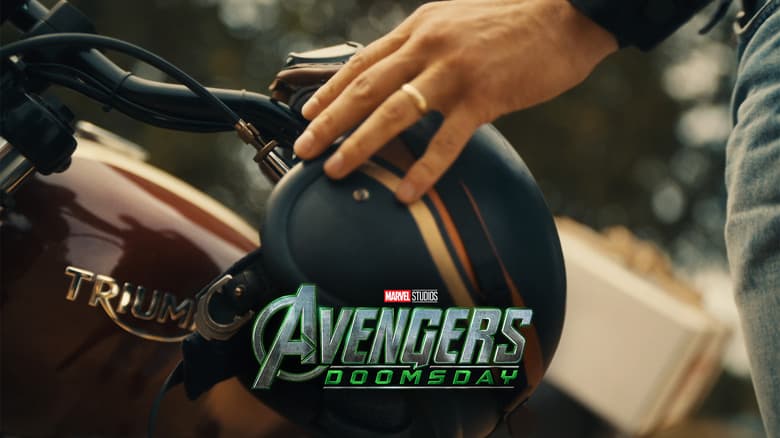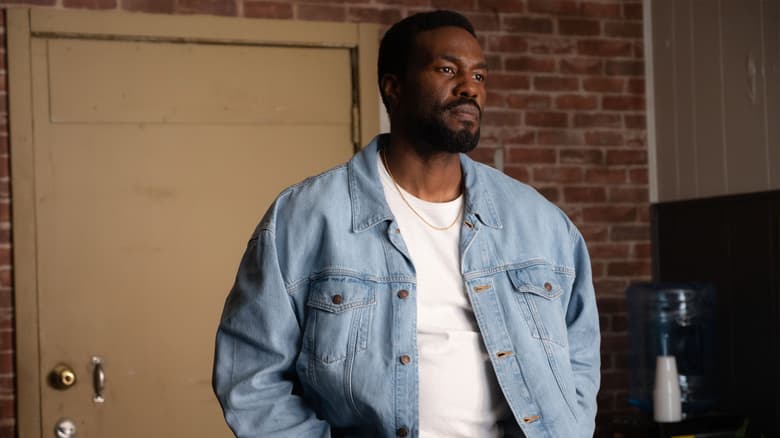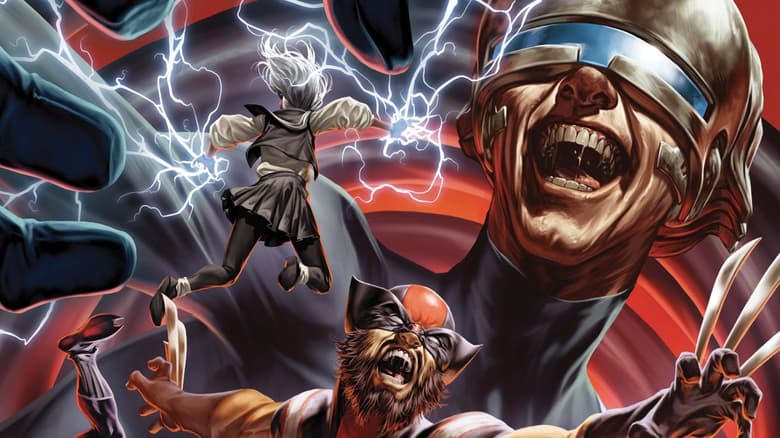SDCC 2018: Making Comics the Marvel Way
The Comic-Con panel highlighted the work that goes into making our favorite Marvel comics!
Marvel has held a panel for years about breaking into comics, but what we never realized was what goes into making comics and what you can expect from being a professional in the comics industry. Marvel's talent relations manager Rickey Purdin hosted a panel of professionals including editor-in-chief C.B. Cebulski, writer Nick Spencer (AMAZING SPIDER-MAN), as well as artists Joshua Cassara (SENTRY), Victor Olazaba (AMAZING SPIDER-MAN), Edgar Delgado (AMAZING SPIDER-MAN), and Mark Brooks (EXTERMINATION).
The first thing you see when you pick up a comic book is the cover, and cover artist Brooks said he tries to apply the 5-foot-rule, standing back and seeing what makes your book jump out from the pack.
When bringing a script to life, Purdin talked about the difference between a traditional script, which would be laid out panel by panel, and the “Marvel style,” which encourages artists to lean on their visual imaginations. Originating during the Marvel Age days when the work load was heavy and multiple books needed to get out, the style lets artists lend their talents to making the best looking page.
From there, the artist creates worlds around the scripts. Cassara goes so far as to acting out the scene to get an idea of what visuals he wants to create. “I have thousands of pictures of myself in the goofiest poses, acting out the scripts,” noted Cassara.
After pencils, a comic goes to inks. Inking provides movement and shadow giving texture and depth to the artwork. While many companies have moved towards digital, some of Marvel’s greatest comics are still inked by hand.
Purdin believes the best inkers are the ones who draw. “You understand form, you understand life, you understand textures on a page,” said Purdin. “I work with a lot of artists on deadlines," agreed Olazaba. "Sometimes they miss fingers, or add extra fingers, and you have to pay attention to all that stuff and know how to fix it.”
From inking, the comic moves to coloring. Colorist Delgado uses color theory in his work, keeping in mind what color complements the other. Movie and life theory are great references to guide the reader in seeing the visuals and importance of the color.
After all of those steps, with the inclusion of splash pages, lettering, editing, and more, with each creator putting their own touch on the story, a comic is finally complete. Making Comics the Marvel Way put an eye-opening spotlight on the construction of a comic from concept to finished product, and was a great way to see just how much time and care each artist put into each issue of our favorite comics.
The Daily Bugle
Can’t-miss news and updates from across the Marvel Universe!




